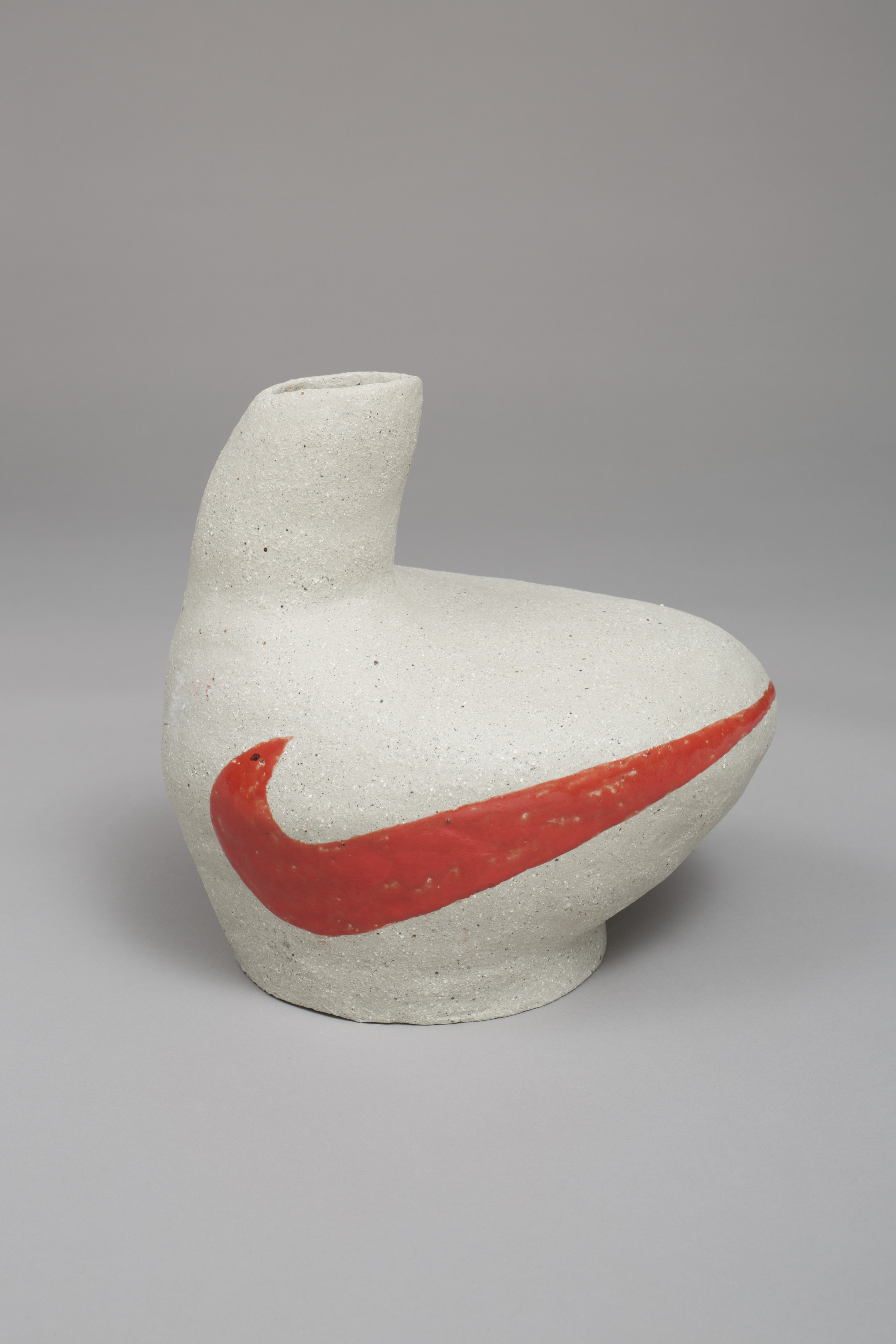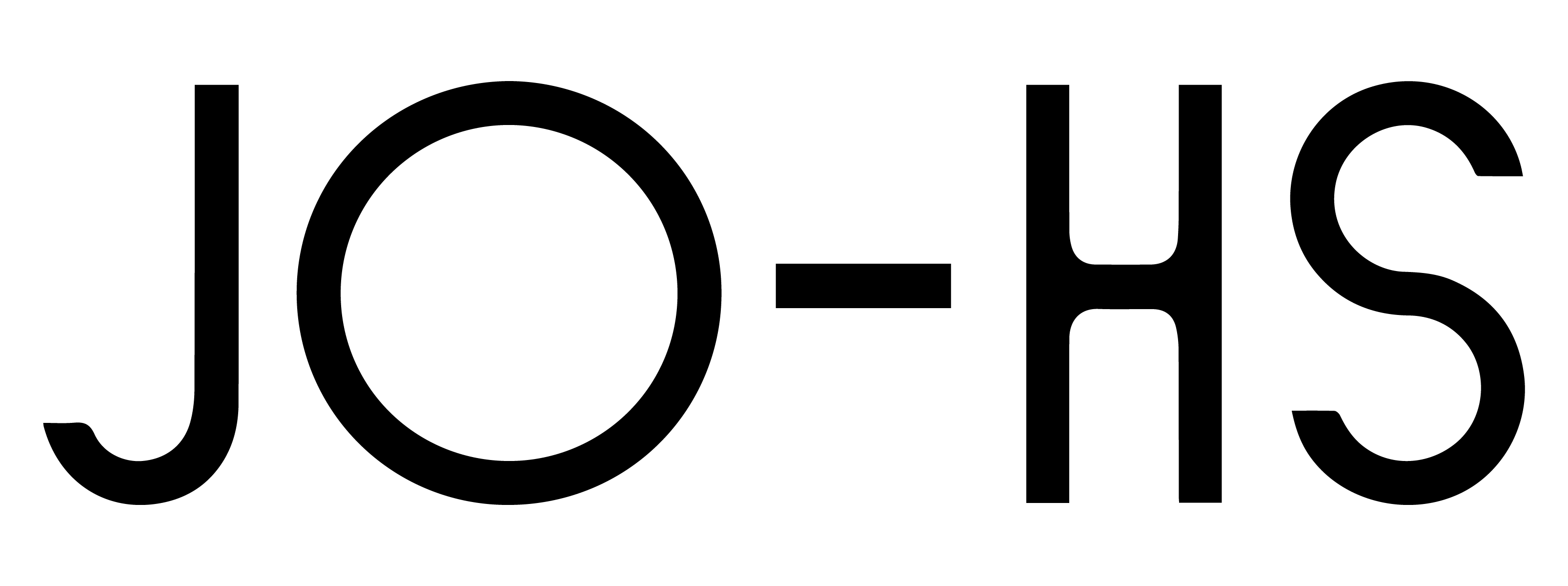Keramos keremos
June 11 - September 1, 2022
Gobernador José Guadalupe Covarrubias 46, San Miguel Chapultepec
JO-HS is pleased to present our summer show featuring artists working in ceramics and sculpture. Featured artists include: Pablo Arellano, David Eardley, Emilio Gómez Ruiz, Ramiro González Luna, Natalia Ramos, Axelle Russo, and Sangree.
![Installation view, Keramos keremos, JO-HS CDMX 2022]()
![Installation view, Keramos keremos, JO-HS CDMX 2022]()
![Installation view, Keramos keremos, JO-HS CDMX 2022]()
![Installation view, Keramos keremos, JO-HS CDMX 2022]() Keramos keremos takes its title from the greek term “keramos”, meaning clay, or a potter. Referring to “keremos”, this is a spanish word and its correct spelling is queremos, which means we want. As it is well known, the use of clay has been one of the earliest forms of expression. Intended for a utilitarian or aesthetic purpose, its creation has one thing in common: human contact. Without our hands, it’s creation would not be possible; its shapes not molded, its style ordinary and its textures uniform.
Keramos keremos takes its title from the greek term “keramos”, meaning clay, or a potter. Referring to “keremos”, this is a spanish word and its correct spelling is queremos, which means we want. As it is well known, the use of clay has been one of the earliest forms of expression. Intended for a utilitarian or aesthetic purpose, its creation has one thing in common: human contact. Without our hands, it’s creation would not be possible; its shapes not molded, its style ordinary and its textures uniform.
Throughout this show, every artist takes on a different approach and form of expression in their work. Ranging from abstract to figurative shapes, there is a certain identity, dialogue, and questioning taking place. Some concerns like matter and material, as well as technology and the consumerist culture are inherent in the work. Throughout different styles and experimentations, all artists come together to express concerns and exchange their narrative.
![SANGREE, Cortez, 2022, ceramica esmaltada de alta temperatura, 11 2/5 x 12 1/5 x 9 2/5 in / 29 x 31 x 24 cm © SANGREE]()
![SANGREE, Felino Canopo (Jaguar), 2020, ceramica esmaltada de alta temperatura, 12 9/10 x 7 2/5 x 10 4/5 in / 33 x 19 x 27.5 cm © SANGREE]()
![Pablo Arellano, Untitled, 2022, variety of ceramics fired to different temperatures, steel, resin, 19 7/10 x 30 3/10 x 3 9/10 in / 50 x 77 x 10 cm]()
![Pablo Arellano, Tied / Untied, 2021, marble (queretaro black), hand carved, 43 3/10 x 23 3/5 x 23 3/5 in / 110 x 60 x 60 cm © Pablo Arellano]() About the artists
About the artists
Pablo Arellano (b. 1991, Mexico City)
Pablo Arellano is a sculptor and ceramicist working in Mexico City. He holds a BFA in Studio Arts from Concordia University, Montreal, and his work has been shown internationally. His practice maintains a strong focus on matter and material - where clay, stone, and metal are primarily used, and is marked by a formal exercise of creating relations between them and their surrounding spaces. He works intuitively, creating sculptures that exist between natural phenomena, organic forms and gestures of human intervention to conceptually play with opposing notions of balance and tension.
Notions of play often come forward too, meaning that certain pieces are meant to be interacted with and thus making sculptures the subject of different approaches, from visual to physical. In 2021, he held a group show in Mexico City at Guadalajara 90210 and he has also participated at shows with Galeria 54, Avant Dev, and FAMA Art Fair.
David Eardley (b.1989, Rota, Spain)
David Eardley is a writer, cultural curator, and interdisciplinary artist based between New York City and Mexico City. He is the founder of Pink Essay, a creative studio exploring the world of interiors and redefining furniture design.
In line with his creative studio’s motto “design for all”, he considers the value of “low” materials and simple methods of construction, reducing the creation of the practical to essential questions and processes. His work offers an antithesis to the design world’s preoccupation with luxury and exclusionary capitalism. Specifically, his Self-Construction series also asks what it means to consciously construct one's own identity. Made as part of his residency at Casa Lu, this series explores the simultaneous relationship between the physical act of construction and the nonphysical act of self-construction through sculptural chairs built from a quantity of single units.
His series, God is a DJ, is an exploration of his own identity, relating to his aesthetic interests and self-perception as a designer. Each chair is produced in the style of Donald Judd, whose philosophy around design as art and art as design has greatly influenced my own. Here, Judd's work is reimagined and recreated in Eardley’s own image, rejecting utilitarian forms in favor of something that feels distinctly urban, queer, and contemporary.
David is an editorial writer for Architectural Digest, where he publishes work on contemporary design and has also contributed to NY Mag/The Strategist and CLOAKROOM magazine.
Emilio Gómez Ruiz (b.1984, Mexico City) Ceramist and fine artist. He studied Visual Arts at "La Esmeralda" and at the National University of Colombia, Medellín, with a master's degree in sculpture from the UNAM. He has twice been awarded the Jóvenes Creadores Scholarship from INBA, as well as the UNAM Scholarship for postgraduate studies in visual arts.
His series Flor es fuego investigates the relationship of geometry to artificial intelligence through materiality, specifically, how clay contains remnants of different territories, languages and spirits, leaving space to create worlds where other worlds fit.
During his career he has worked in different fields such as sound art, industrial design, graphics, painting and sculpture. Since 2005 he has been dedicated himself to working with high-temperature ceramics; 2017 saw his inauguration at Centro Nasu, a space dedicated to production, laboratory, teaching, gallery, where he produced the work of Carlos Amorales for the 2017 Venice Biennale and, currently for the University Museum of Contemporary Art, which consists of a thousand ocarinas in high-temperature ceramics.
Ramiro Gonzalez Luna / Part-time Ceramist (b.1996, Mexico City)
Ramiro Gonzalez Luna lives and works in Mexico City and he describes himself as a “part-time ceramist”. The inspiration behind his ashtrays is drawn from the idea of left-behind objects of the everyday, and above all, he focuses on the remains left on ashtrays after a party. To him, as it is with trash, you can tell plenty about a person depending on what they leave behind. Each ashtray is unique, just as every one of us. Ramiro re-creates this party mood and its corresponding atmosphere, which of course ponders on issues such as addictions, fast food, and drugs, among other issues. He has exhibited these ceramics recently at Peana in Mexico City, SUMA Gallery and UVNT Art Fair, Madrid.
Natalia Ramos (b.1993, Guadalajara, Mexico)
Visual artist and illustrator Natalia Ramos. Natalia is mostly dedicated to editorial illustration, but she began experimenting with clay three years ago when her mother set up a ceramics studio in Guadalajara.
Although she notes that ceramics and illustration are contrary practices, her work aims at finding a balance between the two, where each discipline feeds off the other. Her move from the two-dimensional to the volumetric more than contrasts, it coincides. Working in another area - one of greater expressive freedom - allowed the artist to expand her field of subjectivity, as she was not conditioned by an editorial proposal to which to adhere. At the end of the day, in an editorial environment, illustration must communicate a clear message, which is often only achieved through figuration. Figuration is to illustrate what abstraction is to ceramics. However, if we confront both productions we find that, although they are different, their mutual correspondence is indisputable: the figures -or abstractions- of the objects function in iconographic synthesis of their graphic practice. She has exhibited at Guadalajara 90210 at its new location in Mexico City.
Axelle Russo (b. 1989, Lyon, France)
Axelle Russo is a french-italian sculptor living in Mexico City. Her work approaches the concept of borders as a metaphorical yet structural beacon establishing limits, dialogue, identity and movement. While cultivating inspirations from different fields of knowledge from sculptural abstraction, chemistry, biology as a close interface between complex systems, she methodically challenges physical limitations in her practice, and even identity limits in the particular case of transmutation experiments transforming materials into others. Movement, seen in exchange and migration, becomes a binding agent of the dialogue behind her work. Her pieces are sensible portraits that depict moments of spontaneity, filled with the intention of establishing a tension in the space between axes, fluidity and permanence.
In March of this year she was involved in Studio H13 group show in Mexico City.
SANGREE
SANGREE is a Mexico City–based collaboration between René Godínez-Pozas (b. 1986, Mexico City) and Carlos Lara (b. 1985, Mexico City). The pair started working collaboratively in 2009 on an homologue photography zine exploring the most puzzling subjects on human history through images made by the artists. This prompted a visual investigation on a variety of different subjects such as nature, technology, popular culture, the cosmos, and history. The progressively migrated to different media giving way to the creation of two constantly growing archives: one in photography and the other drawing. Both are continuously being updated and are used as pools of ideas from which different projects may emerge.
The extensive range of subjects they have explored throughout a decade has led them to develop an interest in materiality and the use of different kinds of media which spans from traditional techniques, to craftful hand made processes, to large scale architectural installations as seen in their recent group show No Humans Involved at the Hammer Museum, Los Angeles.








